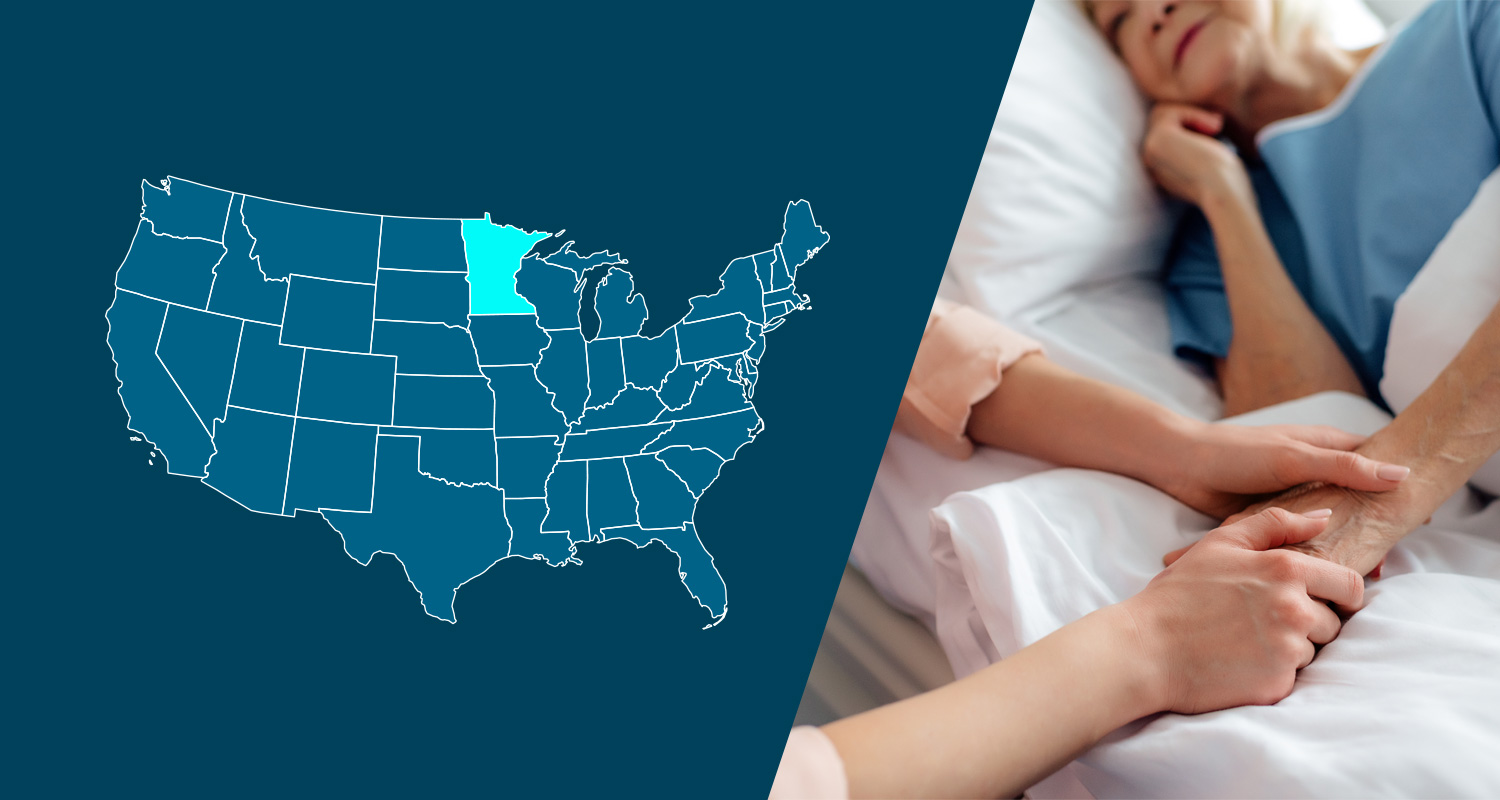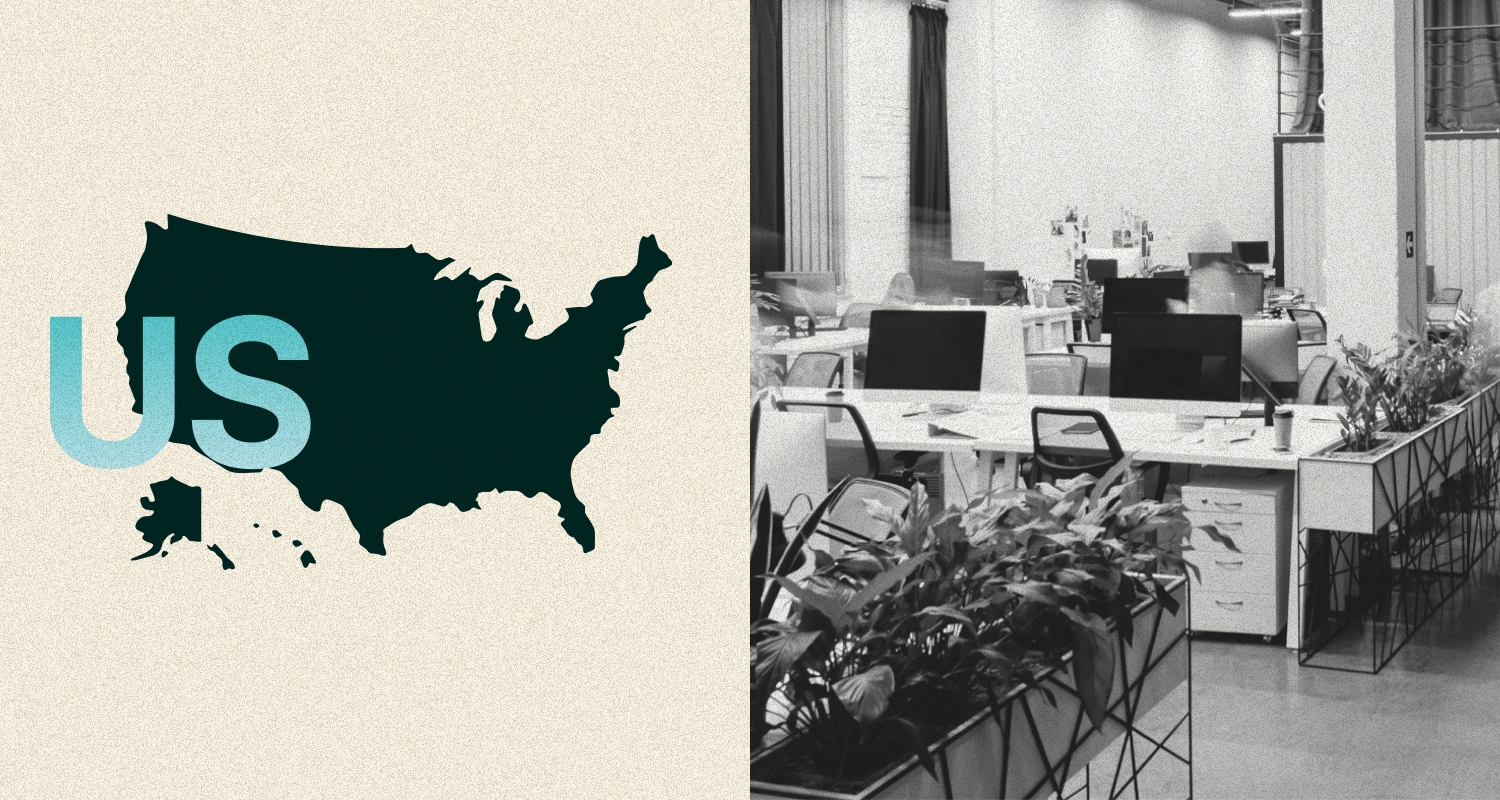Recently, Minnesota joined the growing number of states that have established a paid family and medical leave (PFML) program. Beginning January 1, 2026, eligible Minnesotans will be able to take up to 20 weeks of paid leave — up to 12 weeks for a serious health condition and up to 12 weeks for family and safe leave.
Contributions to fund the program will also begin on January 1, 2026. Below, we outline what we know so far about the upcoming program.
Covered Employers & Eligible Employees
All employers with at least one covered Minnesota employee will be subject to the PFML requirements.
Employees (both part and full time) will be eligible for benefits if they have a qualifying leave reason, that reason prevents them from performing regular work, and they earned more than 5.3% of the state average annual wage over a designated period prior to the start of the leave (approximately $3,500 based on the current average annual wage). Certain seasonal hospitality workers will be ineligible if their employer provides certain information to the state and provides these employees with a specific notice.
Contributions/Premiums
Initially, the state will provide $650 million in seed funding for the PFML program. This enables the program to begin providing benefits at the same time employees and employers will be required to begin contributing.
Contributions to fund the PFML program will begin on January 1, 2026, and will be 0.7% of employees’ taxable wages, up to the Social Security taxable wage base. Employers may collect up to half of the contribution (0.35%) from employees through a wage deduction (or may choose to pay the entire contribution).
Beginning in 2027, the Family and Medical Benefit Insurance Division (FMBI) will adjust the premium rate annually by July 31st based on utilization and funding; however, FMBI cannot increase the rate above 1.2% under the law.
Qualifying Leave, Duration, & Benefits
Eligible employees who are unable to perform work due to the following reasons will be eligible for paid leave:
- Medical Leave: To care for one’s own serious health condition, including pregnancy-related medical care.
- Family Leave:
- To bond with a biological, adopted, or foster child within 1 year of their birth or placement;
- To care for a family member who has a serious health condition;
- To handle matters related to a military family member’s active-duty service or impending call/order to service; or
- To handle matters related to domestic abuse, sexual assault, or stalking of the employee or family member.
Duration: Employees can be eligible for up to 12 weeks of medical leave or up to 12 weeks of family leave for a single qualifying event. If an employee experiences more than one qualifying event within a benefit year, they can take up to 20 weeks of leave of combined medical and family leave. A benefit year is generally defined as the 52 weeks that begins at the commencement of the leave.
Benefits: Benefits will be calculated based on an employee’s average weekly wage (AWW) and how their AWW compares to the state AWW. Lower earners will receive a higher percentage of their AWW, while higher earners will receive a lower percentage, based on a sliding scale.
Private Plans
An employer and their employees can be exempt from contributing to the state’s PFML fund if they do the following:
- Employer provides a private plan that meets or exceeds the law’s requirements;
- Employer applies for a private plan exemption and obtains approval from the FMBI;
- Employer pays an approval and oversight fee ($250-$1,000, depending on the size of the plan).
Employers can provide this private plan through insurance or through self-funding (though self-funded plans will require a surety bond). In addition, employers have the option of providing a private plan for family and/or medical leave and, if they only provide a private plan for only one type of leave, they can contribute/remit contributions to the state for the other type of leave.
Employers who sponsor private plans will also need to:
- Notify employees of the benefit within 30 days of the plan’s approval and at the time of hire;
- Collect employee contributions toward the private plan (this is optional and limited to the amount employees would otherwise contribute to the state fund);
- Maintain applicable records for at least 6 years.
Sequoia One PEO Clients Only: Please note that Sequoia One will assist clients with collecting & remitting required PFML contributions; as such, clients cannot opt-out of the contributions by using a private plan or self-insurance exemption.
Notice Requirements
- Workplace Poster: Employers must post a notice in a conspicuous location at worksites in English and any other language that is primary to at least 5 employees or independent contractors in the workplace.
- New Hire/Initial Notice: Employers must provide a notice describing available benefits, required deductions, and other important information within 30 days of employment, or the commencement of premium collection, whichever is later.
- Employers must collect an acknowledgement of the receipt of such notice, or a signed statement refusing to provide an acknowledgement.
- Paystub Requirements: Employers must provide PFML employee deductions and employer premium contributions on earning statements.
- Specific Notice for Seasonal Hospitality Employees: If an employer has seasonal hospitality employees, they must provide a notice describing their ineligibility for PFML benefits.
- Employers must collect an acknowledgement of the receipt of such notice, or a signed statement refusing to provide an acknowledgement.
The state will provide model notices employers can use to fulfill the above notice requirements.
Employers who sponsor approved private plans have separate notice requirements, as outlined above.
Employee Rights
The law provides the following protections for employees who take paid leave:
- Employers must maintain all group health plan coverage for employees and dependents if the employees continue to pay their share of the cost (if any);
- Employees with at least 90 days of service are entitled to an equivalent position once they return from leave (certain exemptions apply);
- Employees are protected from discrimination, retaliation, and interference with an application for leave.
Potential Penalties & Enforcement
Employers may be liable for the following penalties for non-compliance:
| Violation | Penalty |
| Failure to provide notices | $50 – $300 per employee |
| Employer retaliation or interference | $1,000 – $10,000 per violation |
| Failure to submit quarterly wage detail reports | Late fees of $10 per employee with a $250 minimum (fees are waived if an employer submits the report within 30 days of a demand from FMBI; no more than 2 waivers in 12 months) |
| Non-compliant private plans | $1,000 for 1st violation; $2,000 for any subsequent violation |
In addition to penalties, the FMBI can investigate alleged violations and audit employer records, and both the FMBI and employees can file civil suits.
In addition to penalties, the FMBI can investigate alleged violations and audit employer records, and both the FMBI and employees can file civil suits.
Employer Action
The state is expected to release additional rulemaking and guidance in the lead up to the 2026 launch of the PFML program.
In the meantime, employers with Minnesota employees may want to:
- Determine whether to sponsor a private plan and/or contribute to the state program (note that the private plan option is not available for Sequoia One PEO clients);
- Develop a plan to comply with the notice requirements, including how to collect acknowledgements for the new hire/initial notice and display contributions on pay stubs; and
- Determine employer’s internal policy on the PFML leave, including but not limited to, how the leave will be coordinated with their current employer-provided leave policy.
Additional Resources
The information and materials on this blog are provided for informational purposes only and are not intended to constitute legal or tax advice. Information provided in this blog may not reflect the most current legal developments and may vary by jurisdiction. The content on this blog is for general informational purposes only and does not apply to any particular facts or circumstances. The use of this blog does not in any way establish an attorney-client relationship, nor should any such relationship be implied, and the contents do not constitute legal or tax advice. If you require legal or tax advice, please consult with a licensed attorney or tax professional in your jurisdiction. The contributing authors expressly disclaim all liability to any persons or entities with respect to any action or inaction based on the contents of this blog. © 2023 Sequoia. All Rights Reserved.




